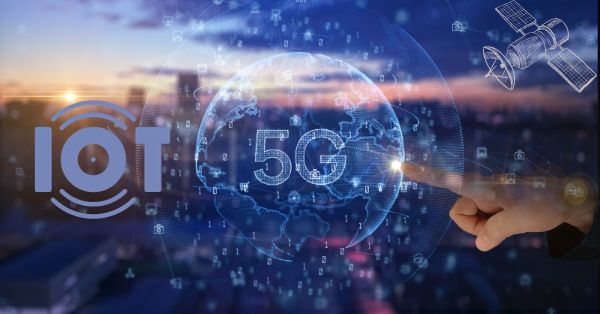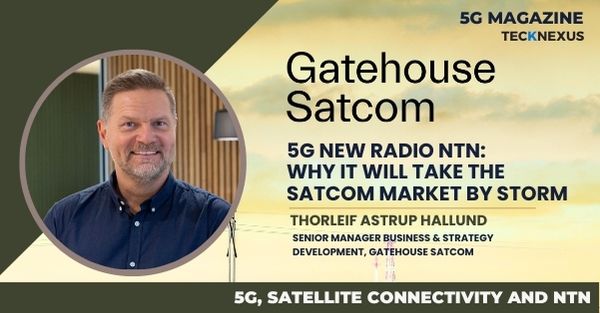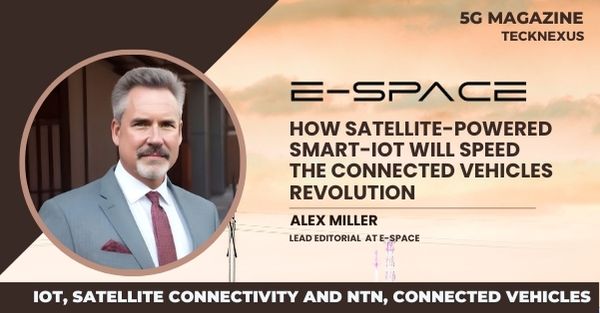Bharti Airtel, India’s leading telecommunications services provider, announced that it had crossed the 10 million unique 5G user mark on its network. Airtel 5G Plus is available across all states in the country. The company is well poised to cover every town and key rural area with Airtel 5G services by the end of March 2024. In November 2022, Airtel became the first and only operator to have 1 million unique customers on its network within 30 days of its commercial launch.
Randeep Sekhon, CTO, Bharti Airtel, said “These are early days, but we are thrilled with the response we have received from our customers. Airtel will continue to stay true to its commitment to build a more connected, equitable and sustainable network. With cutting edge 5G infrastructure, a fantastic partner ecosystem and a dedicated workforce that is customer obsessed, we believe we are in the right path to win and deliver a world-class 5G Plus experience to customers across the length and breadth of the country.”
Airtel 5G Plus has three compelling advantages for customers. First, it runs on a technology that has the widest acceptance in the world with the most developed ecosystem. This ensures that all 5G smartphones in India seamlessly work on the Airtel network. Second, the company promises to deliver the best experience – between 20 to 30 times higher speeds than today, coupled with brilliant voice experience and super-fast call connect. Finally, Airtel 5G Plus network will also be kinder to the environment with its special power reduction solution.
In the last year, Airtel has demonstrated the power of 5G with a host of powerful use cases that will change the way customers lead their lives and do business. From India’s first live 5G network in Hyderabad to India’s first private 5G network at the BOSCH facility in Bengaluru to partnering with Mahindra & Mahindra to make its Chakan manufacturing facility, India’s first 5G enabled auto manufacturing unit, Airtel has been at the forefront of 5G innovation.
Airtel has created 5G experience zones across all its retail stores in the country. Customers can walk in to any store to experience ultrafast Airtel 5G Plus. To know more about Airtel 5G Plus please log on to https://www.airtel.in/5g-network
Source: Airtel Press Release



























